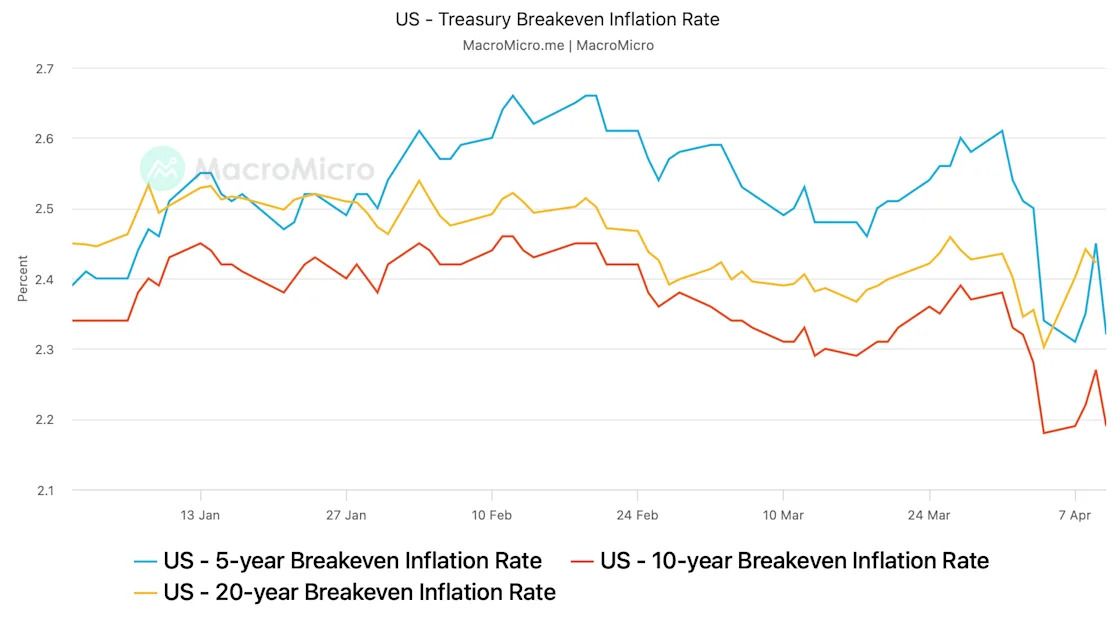Developer teams behind the Tezos blockchain unveiled "Tezos X," a set of technological upgrades they say could bring a "huge boost in performance, composability and interoperability."
The roadmap , setting out a development plan for the next two years, calls for splitting off transaction execution into a separate "canonical rollup" that would support "atomic transactions across smart contracts written in different programming languages." The main Tezos blockchain would serve as a base layer for consensus and settlement.
The post was co-authored by developer teams from Nomadic Labs, TriliTech and Functori.
Tezos, founded by the husband-wife team of Arthur and Kathleen Breitman, raised a record-smashing $232 million in an initial coin offering in 2017, and was at one point seen as one of the most promising smart-contract blockchain projects to rival Ethereum.
But the project has struggled to stay in the top ranks, with a token market capitalization of $749 million, roughly the 80th biggest project based on CoinDesk data. The native XTZ token is 92% off its all-time high.
In 2022, developers started pushing to scale up the Tezos network, according to a blog post.
"Central to this strategy are Smart Rollups , a scaling technology where an optimized and dedicated second layer executes transactions, while consensus and settlement remain guaranteed" by the layer-1 blockchain, according to the post.
Another key feature is a dedicated data-availability layer on the Tezos main network.
The new roadmap bears a resemblance to the scaling efforts that Ethereum has pursued for the past several years, where transaction execution is offloaded to auxiliary layer-2 networks. New "modular" components have sprung up to handle other functions handled by the main Ethereum chain, such as efficiently storing reams of data.
"In order to scale and maintain decentralization, Tezos has evolved from a monolithic to a modular design, where interconnected groups of nodes take on different roles - all the while maintaining an integrated experience for builders and users," according to the post.
What's different about the Tezos plan is that the transaction execution could be handled by a single rollup rather than multiple layer-2 networks, as is the case on Ethereum.
"In theory, one rollup is all that’s needed to meet the requirements of all but the most extreme use cases," the post reads. "That’s what Tezos X envisions: the creation of a single canonical rollup able to handle - and massively expand - all activity on the Tezos network."
Under the plan, the canonical rollup is expected in 2026.





